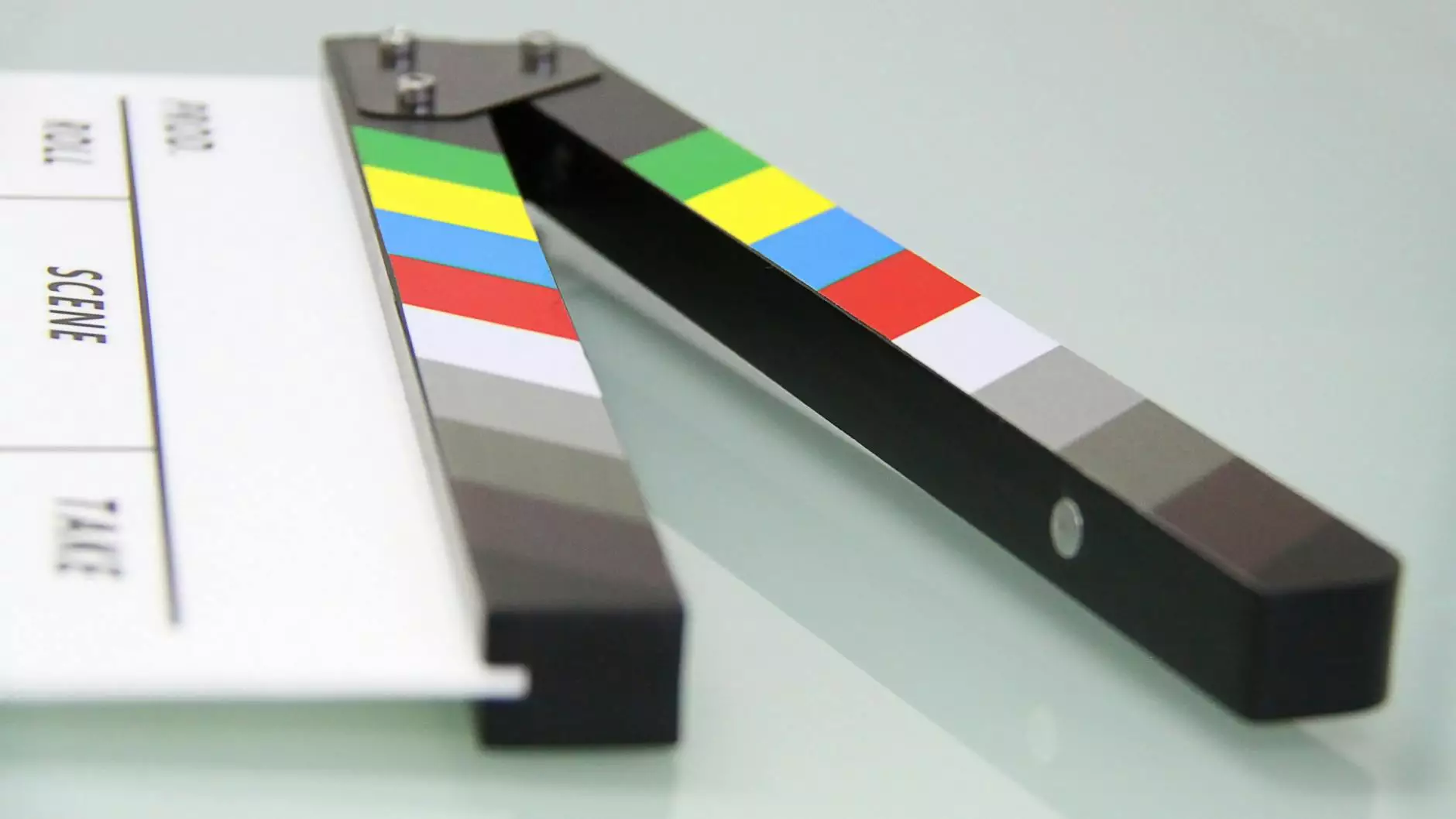Understanding the Importance of RGBA in Web Design and Software Development

The modern digital landscape relies heavily on visual appeal and user interface design. A significant aspect of this is color representation, where tools like RGBA play a crucial role. In this comprehensive guide, we will delve into RGBA, its applications, and its importance in the fields of web design and software development.
What is RGBA?
RGBA stands for Red, Green, Blue, and Alpha. It is a color model employed widely in web development and graphic design. Understanding RGBA is essential for designers and developers who want to create visually stunning and engaging user experiences.
The Components of RGBA
- Red: A value between 0 and 255 indicating the intensity of red.
- Green: A value between 0 and 255 indicating the intensity of green.
- Blue: A value between 0 and 255 indicating the intensity of blue.
- Alpha: A value between 0 and 1 that determines the transparency of the color, with 0 being completely transparent and 1 being completely opaque.
How RGBA Works in CSS
In the realm of CSS (Cascading Style Sheets), RGBA is used to specify colors. This allows developers to create layers of colors with varying levels of transparency, enhancing visual aesthetics and usability.
Syntax of RGBA
rgba(red, green, blue, alpha)For example, rgba(255, 0, 0, 0.5) represents a semi-transparent red.
Why Transparency Matters in Design
Incorporating transparency through the alpha channel can significantly improve the visual hierarchy of a web page. Here's how:
- Overlay Effects: Creating overlays with semi-transparent backgrounds can add depth to your design.
- Gradients: RGBA values allow for smoother transitions in gradients, resulting in a more polished look.
- Focus Elements: By adjusting the opacity of surrounding elements, you can guide the user's attention to critical areas of the site.
Practical Applications of RGBA in Web Development
Now that we understand what RGBA is and why it matters, let's look at its practical applications in web design.
1. Backgrounds and Overlays
Using RGBA in backgrounds can create compelling overlay effects, which can be essential for highlighting text over images:
.overlay { background-color: rgba(0, 0, 0, 0.5); }2. Border Styles
RGBA values can also be beneficial for borders. By adjusting the opacity, you can create softer edge effects:
.bordered { border: 2px solid rgba(255, 255, 255, 0.8); }3. Hover Effects
Hover effects can use RGBA for transitions, enhancing user interactivity:
.button:hover { background-color: rgba(255, 0, 0, 0.7); }Best Practices for Using RGBA
While RGBA is powerful, effective use requires understanding the principles of color theory and design. Here are some best practices:
- Limit Your Palette: Use a limited number of colors to maintain a cohesive design.
- Test for Accessibility: Ensure text is readable against background colors, especially if transparency is involved.
- Maintain Consistency: Use the same RGBA values across your site for uniformity.
Tools for Effective RGBA Implementation
Several tools can aid web designers and developers when working with RGBA colors:
- Color Pickers: Tools like Adobe Color and Coolors can help you generate RGBA values.
- CSS Generators: Online CSS generators can quickly create the right RGBA syntax for your styles.
- Design Software: Programs like Figma and Adobe XD allow you to experiment with RGBA values directly.
Common Mistakes to Avoid
When using RGBA, be aware of these common pitfalls:
- Ignoring Contrast: Always check color contrast for readability; low contrast can impact user experience.
- Overusing Transparency: Too much transparency can muddy designs, making them look unprofessional.
- Not Testing on Real Devices: Colors may render differently across devices and screens; always conduct tests.
The Future of RGBA in Design
As web design evolves, so does the use of color models like RGBA. Emerging technologies, including virtual reality and augmented reality, require designers to think beyond simple RGBA implementations to create immersive experiences.
Conclusion
Understanding and effectively utilizing RGBA is paramount for any web designer or software developer. As we navigate the intricate world of digital design, having a solid grasp of color representation techniques will be a key factor in achieving success. Furthermore, as businesses like semalt.tools continue to innovate, mastering RGBA will position you at the forefront of modern web design and software development.
With the power of RGBA at your fingertips, you can create vibrant, engaging, and accessible designs that captivate users. Whether you are building a simple webpage or a complex application, the principles surrounding RGBA will enhance your projects and draw users into your carefully crafted digital space.
Call to Action
Ready to level up your design skills? Dive deeper into the world of RGBA and explore its myriad applications in your projects today. Invest time in learning about color theory, user interface design, and coding practices to create stunning visual experiences that not only meet but exceed user expectations.
rgb a








